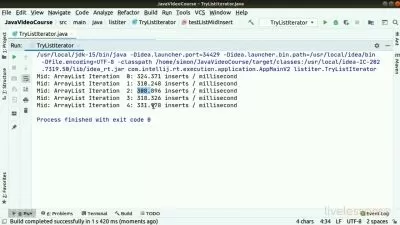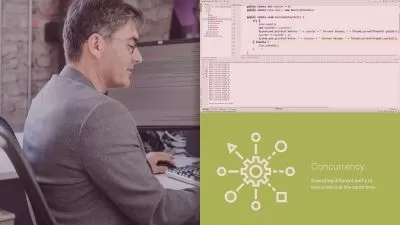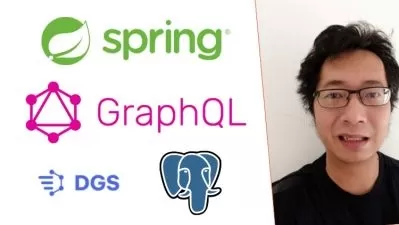Leveraging Parallel Streams for Fast Data Processing in Java 8
Jose Paumard
2:12:15
Description
Parallelism is an amazing feature brought by the Stream API in Java 8. In this course, you will learn how parallel streams are working under the hood, how to use them to improve the performances of your applications, and when to avoid them.
What You'll Learn?
Along with the implementation of the map / filter reduce algorithm, the Stream API brings an amazing feature: the possibility to conduct the processing of your data in parallel. Going parallel is as simple as calling a parallel() method, something many developers are tempted to do. In this course, Leveraging Parallel Streams for Fast Data Processing in Java 8, you will learn what is happening under the hood, and how parallelism has been implemented in the Stream API. First, you will see that going parallel may improve the performances of your computations greatly, but may also ruin your application. Next, you will discover how to understand when things are working, which will give you the keys you need to decide when to go parallel and when to stay away from it. Finally, you will analyze the situations where things are not behaving as expected. By the end of this course, you will gain better understanding of parallelism as it is: a complex topic that you can grasp with simple ideas, so that you can use what you will learn immediately.
More details
User Reviews
Rating
Jose Paumard
Instructor's Courses
Pluralsight
View courses Pluralsight- language english
- Training sessions 58
- duration 2:12:15
- level average
- Release Date 2023/12/09










